News
Sign up for recent trade news that can affect your business:
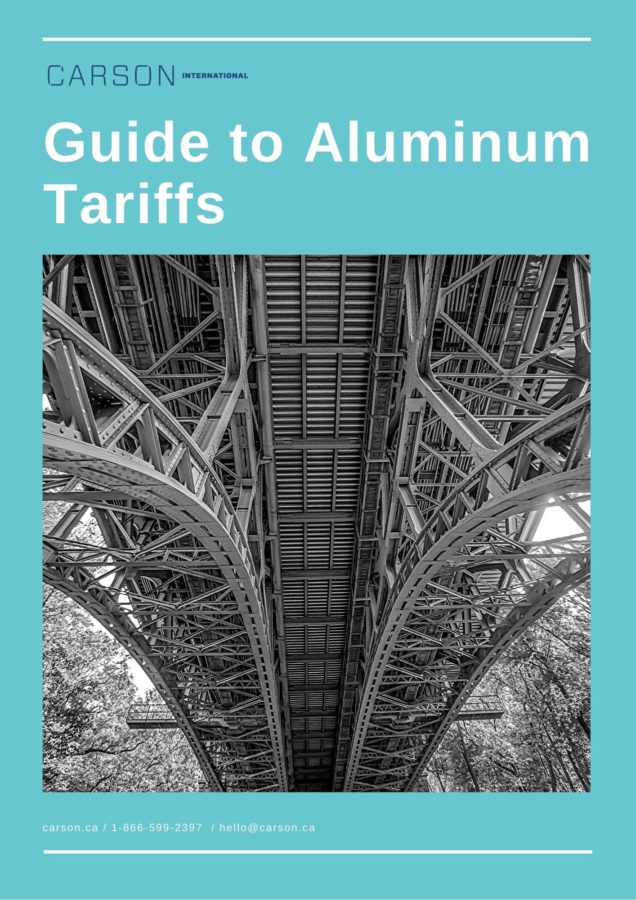
As of August 16, 2020, the U.S. government restored a 10% tariff on Canadian aluminum imports. In response, the Canadian government is taking steps to target the U.S. with retaliatory tariffs, totalling $3.6 billion.
Aluminum and retaliatory tariffs will have a huge impact on North American trade.
That’s why we put together this guide to help navigate businesses through this ongoing trade situation. Download our guide today to find out what you can do to reduce impact to your business.

Employers and dockworkers at the Port of Montreal have reached a truce after a 12-day strike, paving the way for Canada’s second largest port to reopen.
The two sides have agreed to halt a labour action that has left thousands of containers languishing on the docks. The deal lays out a seven-month period to continue contract talks while port operations carry on without the threat of work stoppage.
“We are confident that we will be able to reach a deal between now and that…time,” Maritime Employers Association CEO Martin Tessier said at a news conference Friday.
It will take two to four weeks to move the accumulated containers off the terminals and onto trucks, trains and ships.
(Source: CTV Montreal)
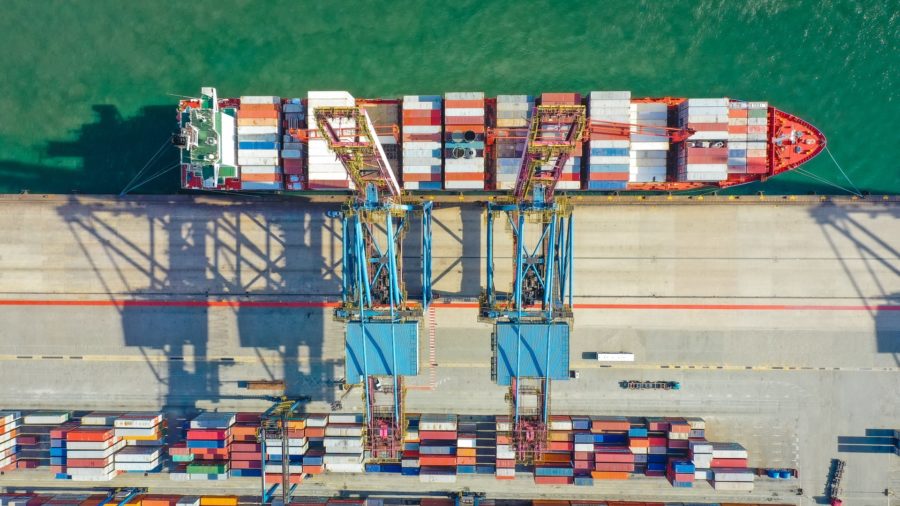
Signs of potential progress between employers at the Port of Montreal and striking dockworkers emerged on Wednesday evening, 10 days into the port shutdown.
At a news conference yesterday, MEA head Martin Tessier described the progress as “very slow,” in contrast to federal Labour Minister Filomena Tassi’s depiction Monday of “encouraging progress made between the two parties.”
Approximately $100 billion in merchandise passes through the port each year, prompting concerns that the strike threatens the food, manufacturing, retail and auto industries, especially in Quebec and Ontario. Ottawa has so far declined to intervene despite pleas from industry groups and the Ontario and Quebec governments.
Tessier said he has asked the union to move 477 containers out of about 11,500 now on the waterfront in order to clear essential goods such as pharmaceuticals and medical equipment, as well as perishable foods and hazardous materials.
The union has only agreed to move COVID-19-related cargo, meaning managers or replacement workers will likely handle some of the others, Tessier said.
Michel Murray, a spokesman with the Canadian Union of Public Employees, said dockworkers feel the situation is unproductive because the employers association refuses to reveal the exact contents of the containers.
The longshore workers have said from the outset of the strike, on Aug. 10, that any pandemic-related freight can leave the port. For the rest, the union cites a June decision by the Canada Industrial Relations Board on what constitutes an essential service at the Port of Montreal.
In a statement released yesterday by the Port of Montreal, it estimates that approximately 90,000 twenty-foot equivalent units (TEUs) are now either stranded on its docks or aboard the fifteen or so container ships rerouted to other ports.
Additionally, it estimates that roughly 325,000 more tonnes of dry bulk could be impacted by the situation should it persist over the next few weeks.
The strike by 1,125 dockworkers, who have been without a collective agreement since September 2018, revolves largely around wages and scheduling.
Longshore workers are paid $36 an hour for a minimum of 32 hours per week, even if they don’t work an hour — which is rare — Tessier said. The minimum threshold rises to 36 hours after five years and 40 hours after 10 years.
The obligation constantly to be on call remains an impediment in negotiations.
(Source: CBC News)
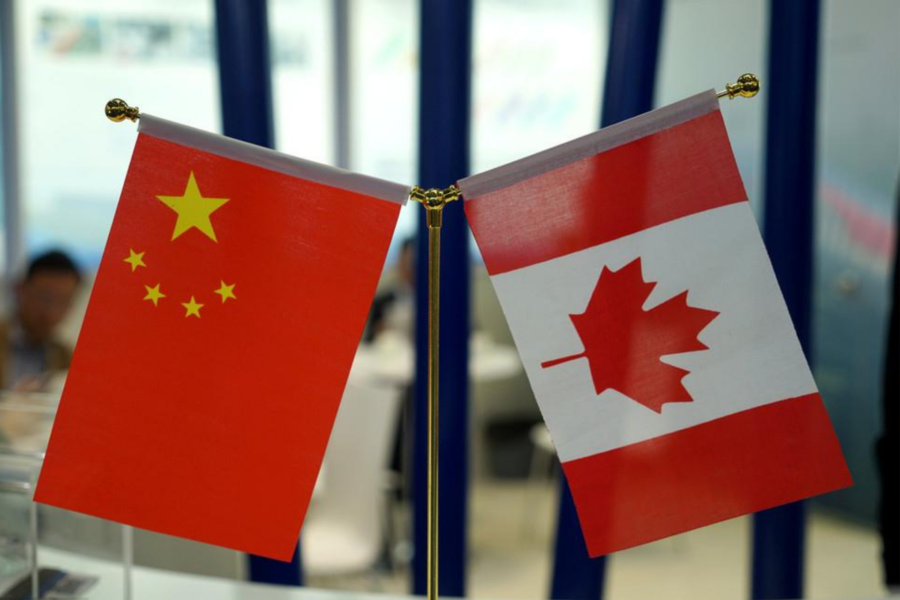
A major warehouse facility under construction in Surrey is not just paving the way for more trade between B.C. and China. It could be helping pave Chinese President Xi Jinping’s Belt and Road Initiative to Canada.
The massive $190 million, 470,000-square-foot complex, dubbed the “World Commodity Trade Center,” is a joint venture between a Chinese state-sponsored company and a local development firm. The centre, first conceived in Beijing, has four warehouses and two large exhibition halls — to be lined with Chinese and Canadian flags — strategically located in the Campbell Heights industrial zone between Vancouver International Airport and the United States border.
The centre is purported to be one of several non-Chinese import-export facilities servicing a central commodities hub on the outskirts of Beijing, called Yanjiao International Trade City, being developed by brand company World Commerce Valley, a division of Hong Kong-based trading firm Shing Kee Godown Group. The centre is being developed through Canadian subsidiaries North America Commerce Valley Development Ltd. and Shing Kee Godown (Canada) Holdings Ltd. and in partnership with local development firm Pollyco Group.
China’s belt and road initiative is the government’s estimated $1.5tn foreign and economic policy, announced in 2013, to establish maritime trade routes across the globe and invest in infrastructure projects in dozens of countries. The projects include pipelines, ports, railways and other major infrastructure projects.
The centre’s proponents say it will facilitate the packaging, processing and storage of outgoing Canadian commodities and incoming Chinese products, to be showcased at exhibition hall events and trade conferences — all driven by an e-commerce trade model. Its detractors believe it is the thin edge of the wedge in facilitating a stronger presence of Beijing-directed business in the region.
Guo Taicheng, chairman of Hong Kong-based trading firm Shing Kee Godown Group, envisions Canadian food producers as key warehouse tenants. The Surrey facility, he said, will lease space to small- to medium-sized Canadian businesses and “offer them entry to the Chinese market.”
Guo said the market would dictate what comes back to Canada, suggesting in light of the COVID-19 pandemic, Chinese-manufactured personal protective equipment could be a hot import upon opening.
(Source: Western Investor)
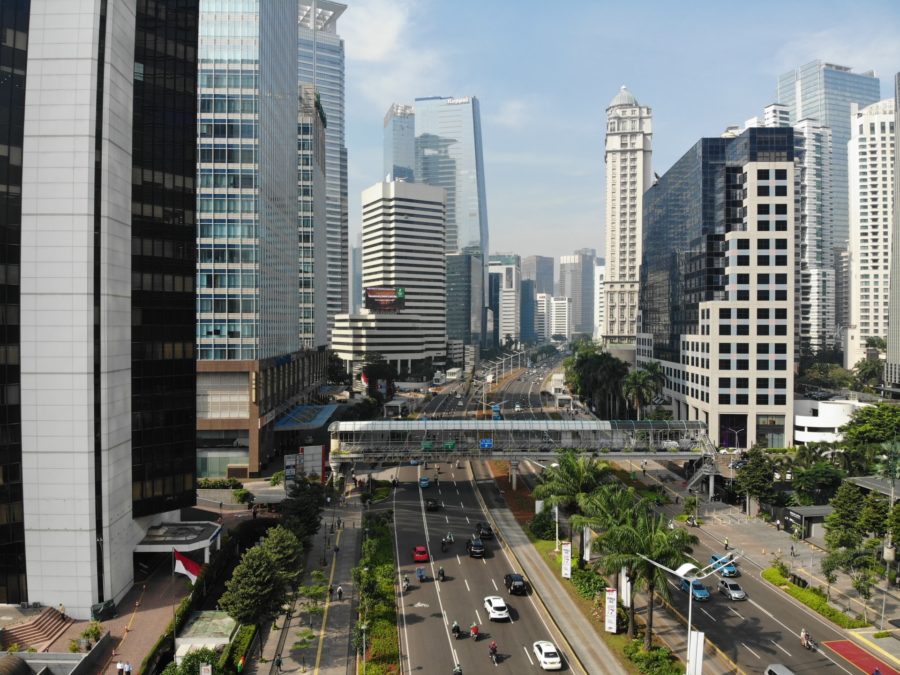
Indonesia has posted its biggest trade surplus in nine years in July, reporting a $3.26 billion surplus.
Exports grew 14.33% from June, while domestic demand for imports remained subdued amid the COVID-19 pandemic, showing an overall plunge of 32.55% year over year. Exports, however, still remained 9.9% below the value of shipments in the same month last year.
By value, exports were the highest since March. Statistics bureau chief Suhariyanto attributed this to sales of agricultural products like palm oil, herbs and birds nests, and despite weaker exports of coal, rubber and oil and gas.
The data indicates the potential for a further narrowing of the current account deficit for the rest of the year, even after it significantly narrowed in the first half due to the pandemic.
Central bank data earlier on Tuesday showed Indonesia’s current account gap in April-June was equal to 1.2% of GDP, less than half the deficit in the same period in 2019.
Bank Danamon’s economist, Wisnu Wardana, said despite the trade data the central bank may need to consider a number of other indicators before utilising “a limited room of monetary easing”, such as inflation and the rupiah’s movement.
Bank Indonesia (BI) is due to wrap up a two-day policy review on Wednesday. The majority of economists in a Reuters poll, including Wardana, expects the benchmark rate to remain unchanged after four cuts to support the economy.
(Source: The Chronicle Herald)
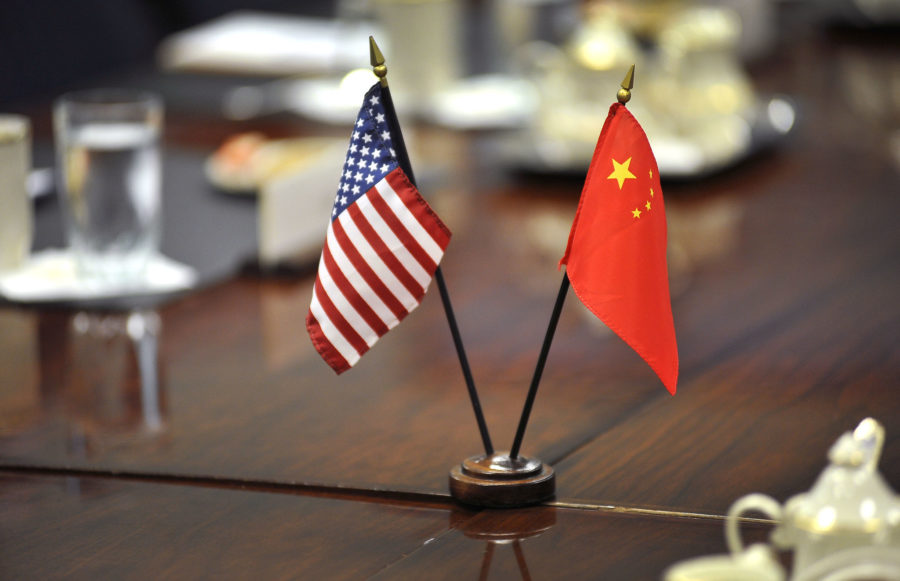
U.S. and Chinese officials did not meet over the weekend for a planned six-month review on their phase one trade deal. Instead, both sides have indefinitely postponed the compliance review between Lighthizer, Liu and Treasury Secretary Steven Mnuchin, Reuters reported.
One source familiar with the plans told Reuters that U.S. officials wanted to give China more time to increase purchases of U.S. goods agreed to in the deal to improve the optics of the meeting. Another said it stemmed from a scheduling conflict and was not because of any problem with the trade deal.
China is not on track to meet its target on purchases of U.S. energy, services, and farm and manufactured goods as agreed in the deal. But officials have expressed optimism that Beijing’s purchases will pick up as it recovers from the pandemic’s economic fallout.
On Friday, Chinese Foreign Ministry spokesman, Zhao Lijian, said that China had been “fulfilling its commitment in real earnest” to ensure implementation.
But Zhao noted that the pandemic and certain U.S. restrictive measures have had an impact on China’s ability to import certain goods and services. “We hope the U.S. will stop restrictive measures and discriminatory practice against Chinese companies to create conditions for implementing the phase one trade deal,” Zhao said at a Foreign Ministry news conference.
(Source: Politico)
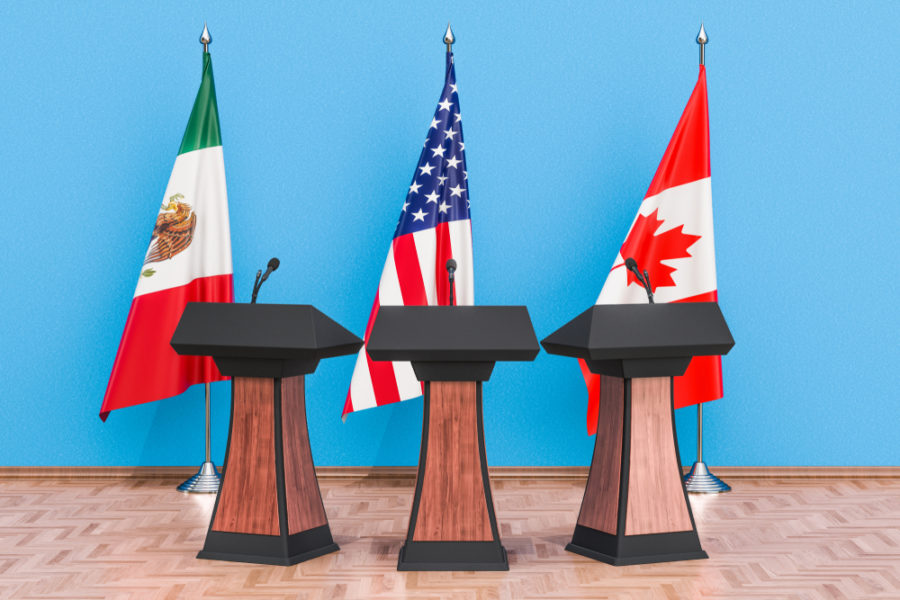
On August 6, we hosted a webinar in partnership with Miller Thomson LLP about CUSMA and how this agreement differs from its predecessor, NAFTA.
In case you weren’t able to join us — or just need a refresher — follow the link below to access the presentation and webinar recording.
For more resources on CUSMA, be sure to visit our CUSMA resource centre. Here, you will find:
Please feel free to reach out to Carson at any time for further information on how we can help your business navigate CUSMA.

The U.S. will order imports from Hong Kong to be labelled as “Made in China” according to a government document, in the latest escalation of trade tensions between the two nations.
The notice, published in the U.S. Federal Register, says that goods produced in Hong Kong and imported into the U.S. must be marked to indicate their origin is China. Importers have been granted a transition period until September 25, 2020 to implement marking consistent with this position.
The change was made because of President Trump’s July executive order ending Hong Kong’s special status with the U.S. “due to the determination that Hong Kong is no longer sufficiently autonomous to justify differential treatment in relation to China,” the notice said.
Hong Kong’s government protested the announcement, which it said ignored Hong Kong’s “unique role” as a member of the World Trade Organization. The city’s government will discuss the decision with the U.S. via its office in Washington D.C., according to its statement , and didn’t rule out taking action against the U.S. decision.
(Source: Bloomberg)
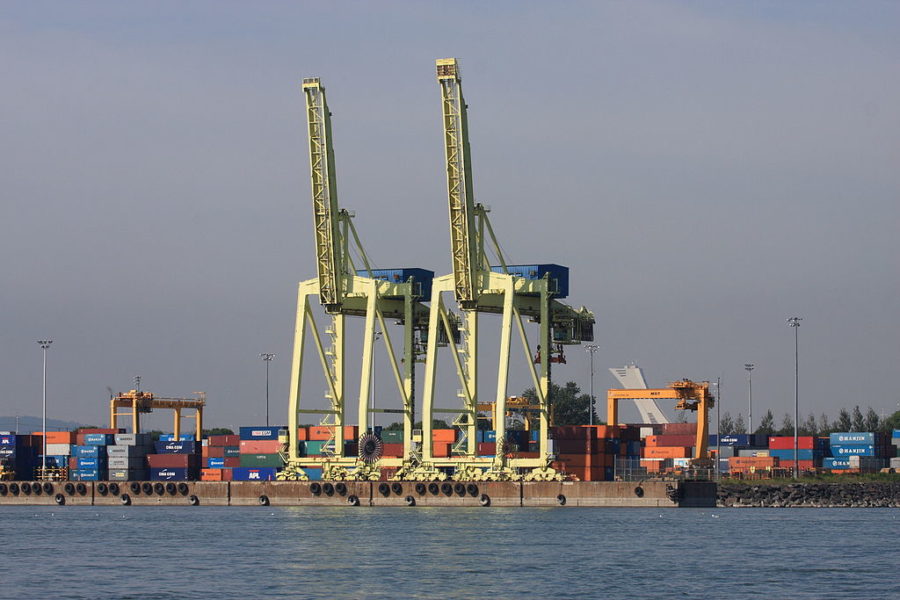
Montreal longshore workers will begin an indefinite strike today, escalating their dispute with employers after two recent four-day strikes that prompted container lines to divert ships from the port.
This indefinite work stoppage will result in the suspension of berthage services normally provided by longshore workers and the handling of goods in the port’s terminals.
Not affected by this situation are liquid bulk handling, the Oceanex service (Bickerdike Terminal) and the grain terminal (Viterra).
The Montreal Port Authority invites clients to contact or consult the websites of operators such as Termont (Viau and Maisonneuve) and MGTP (Cast and Racine) to learn the latest on the situation.
Dockworkers affiliated with the Canadian Union of Public Employees have been joined in their strike actions that will stretch into a third week by the checkers union, an affiliate of the International Longshoremen’s Association. Both ILA Local 1657 and CUPE workers are ending their current strike action Friday morning.
The dispute between port workers and employers centers on the latter wanting more vacation days, equating to higher pay. CUPE is protesting working conditions requiring them to be available 19 of every 21 days. The port longshore workers, who number approximately 1,125, also want greater control of their hiring and how many workers are deployed to work a vessel.
Longshore workers have been without a contract since the end of December 2018, and there have been some 65 sessions of talks to forge a new contract.
Last week, five local employers groups expressed their concern over the economic impact the labour crisis could have on Montreal, and urged the federal and provincial governments to intervene quickly to reduce the fallout a prolonged conflict would inflict.
For any questions about how this may impact your shipments, please reach out to transportation@carson.ca.
(Source: Montreal Gazette)
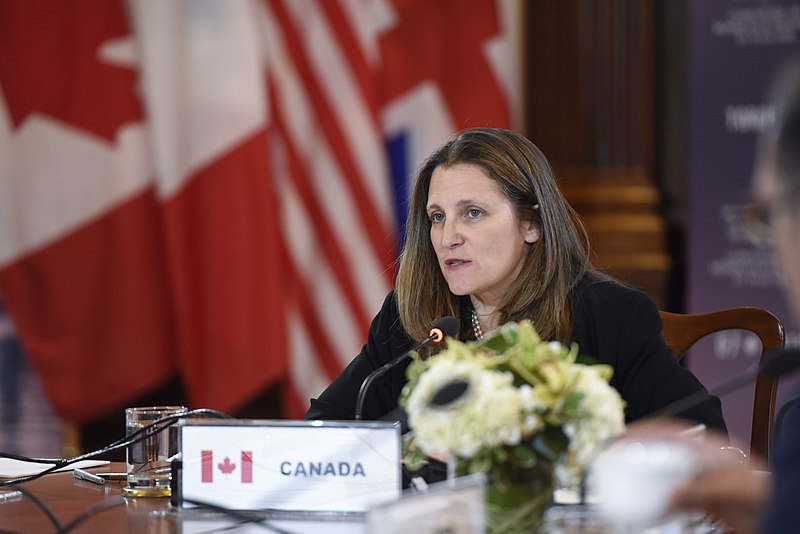
The federal government will spend the next month consulting with Canadians about which U.S. metals products to target with retaliatory tariffs as a new trade dispute flares up, Deputy Prime Minister Chrystia Freeland said Friday.
The government intends to impose $3.6 billion in punitive counter-measures after spending 30 days consulting with business leaders and other Canadians about potential targets from a preliminary list.
“Canada will respond swiftly and strongly,” Freeland told a news conference.
She made the announcement a day after U.S. President Donald Trump re-imposed tariffs of 10 per cent on certain aluminum products, ending a recent period of calm on the U.S.-Canada trade front.
The products being targeted by the U.S. are used as raw materials in other aluminum-based goods, and comprised slightly more than half of Canadian aluminum exports to the U.S. over the past year.
Freeland said Canada would seek to avoid escalating the dispute. She said the retaliation would be reciprocal and limited in scope.
To submit comments and general inquiries regarding potential targets, Canadians are invited to contact fin.tariff-tarif.fin@canada.ca.
For guidance on aluminum tariffs, please reach out:
(Source: CBC News)